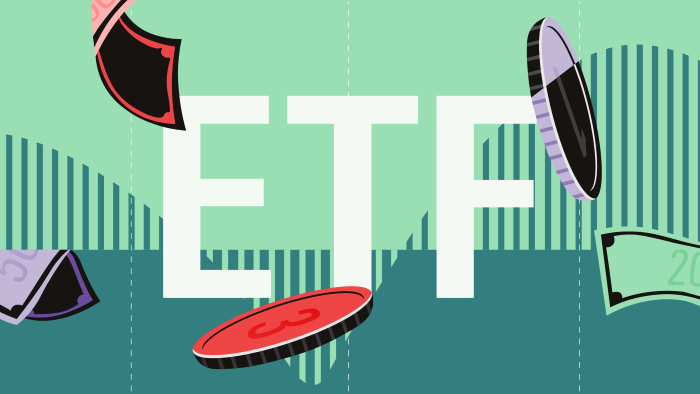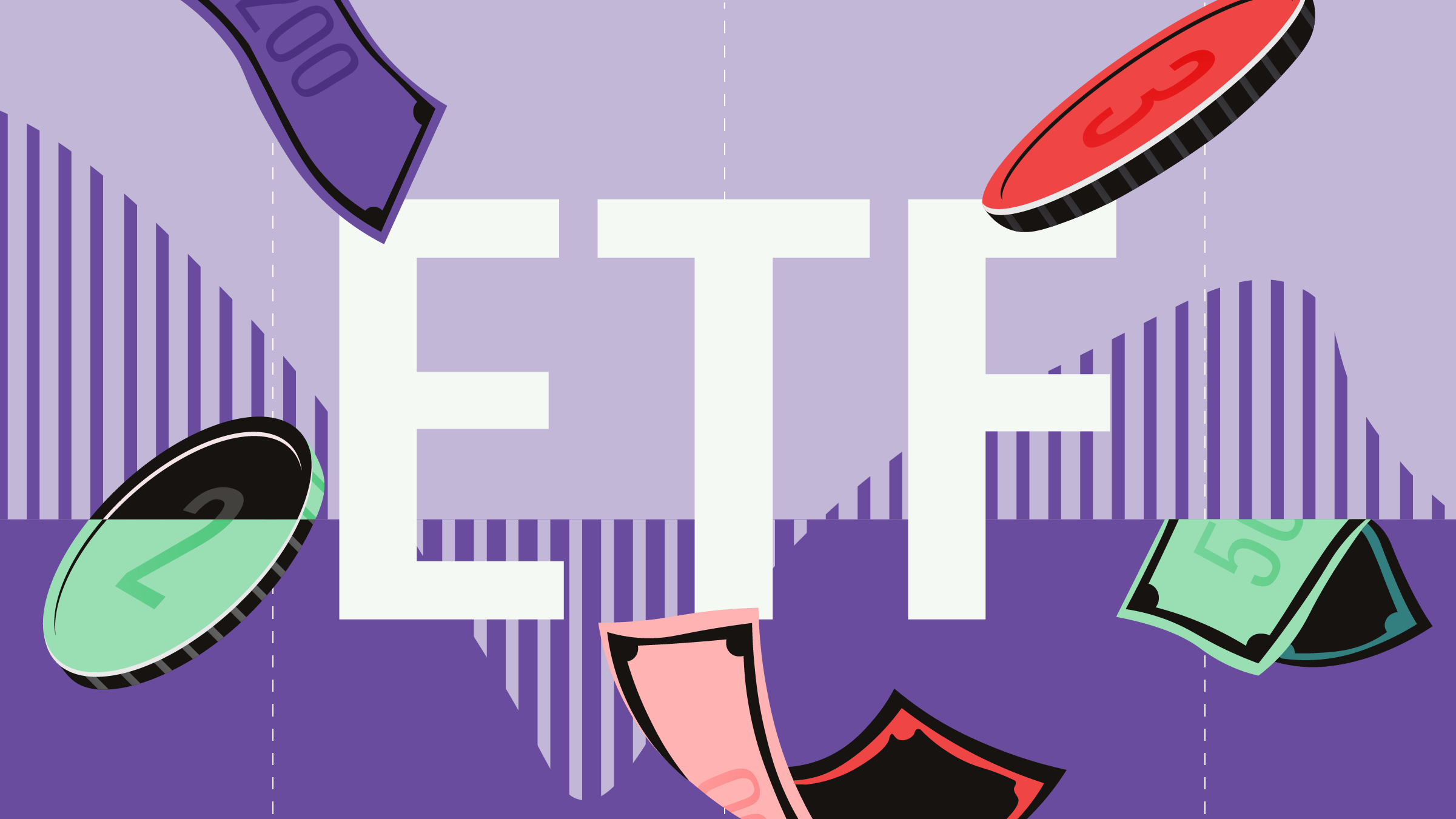Rolle im Portfolio
By providing exposure to German mid-cap stocks, iShares MDAX (DE) can serve as a tool for asset allocators looking to control their market capitalisation and style exposures. This fund is suitable as a core holding in a German or European equities allocation given its broad diversification across companies and sectors. However, despite the fact that all the index’s constituent are domiciled in Germany, many of them are multinational companies generating revenue around the world. For instance, the largest index constituent, EADS, generated only about 40% of its revenue in continental Europe in 2011, with Asia and Oceania representing about a third. Many other index constituents generate less than 50% of their revenue within Germany. As such, this investment can also be seen as a passive play on the global economy with a German bias.
The MDAX index is fairly diversified from the perspective of individual stocks, with the top 10 holdings accounting for about 50% of the index’s value, compared to about 70% for the DAX. The MDAX also offers a different industry and sector exposure, with industrial goods & services making up 30% of the MDAX, double than their representation in the DAX. However investors should be aware that mid-cap shares are more volatile than blue chips. The MDAX has exhibited a standard deviation of 26.3% over the last five years, compared with 23.1% for the DAX over the same period.
This fund can also act as a tactical tool to overweight mid-cap equities within a diversified European portfolio. It could be useful for those who want to place a bet on the near-to-medium-term prospects of this asset class as a whole under the belief that they represent good value compared to large-cap equities.
The ETF may be suitable for investors seeking exposure to what is a generally under-weighted segment of the market in most investor’s portfolios. According to some, the market for mid cap equities can be under-researched, under-followed, and generally less efficient than the market for small and large caps and therefore could potentially yield superior returns.
Fundamentale Analyse
Midcaps are often underweighted in European portfolios as investors and analysts tend to focus more on large- and small-cap companies. The MDAX has delivered a positive annualised return of 14.3% for the past 10 years, easily outpacing the annualised return of the DAX of 9.8% over the same period. The relative outperformance of midcap equities can be attributed mainly to differences in sector exposure versus the large cap benchmark as each sector is driven by different macroeconomic factors. Currently, the mid cap index has no exposure to banks whereas this sector represents about 6% of the DAX index. This seems to be beneficial given the debt crisis plaguing Europe and weighing on bank shares. Industrials have a far greater weight in the mid cap benchmark relative to the DAX Index. Given that the current economic outlook remains gloomy, this could weigh on mid caps’ performance in the near-term. However, the MDAX has also shown more volatility as they tend to be smaller, less diversified and less well-capitalised companies. This leaves mid-caps with a greater sensitivity to macroeconomic risks. Notwithstanding, we think that this fund contains strong, solid brand names and highly specialised companies like EADS, the European aerospace group, and Lanxess, the fourth largest chemicals group in Germany.
The fear of an imminent collapse of the Euro eased somewhat after European Central Bank President Mario Draghi recently announced a bond-buying program and the German constitutional court signed off on the European Stability Mechanism, with only minor restrictions.
In addition, the economic outlook remains gloomy. Eurozone GDP contracted by 0.2% q/q in the second quarter, whereas Germany’s economy expanded by a meagre 0.3% q/q. For the full year, the country is expected to expand 0.6% after growing 3.1% and 3.6% the previous two years. Being an export-oriented country, Germany is particularly vulnerable to the shifts in the health of the global economy, and in particular to that of the US and Asia, its main trading partners. Recent trade data has been positive as German exports to China increased by over 8% in the first six months of the year compare to the same period in 2011.
Many large German corporations seem to be benefiting from a weakening euro; in particular those companies predominantly producing in Europe but exporting to other countries outside the monetary union. Chemical giant BASF, for instance, said it expects turnover to increase by 5% this year on the back of a weaker euro. Other large companies like Bayer and Porsche see similar benefits and Airbus-maker EADS expects operating revenue to increase by €1bn this year as a result of currency effects. At the same time, investors should keep in mind that an appreciating euro can also create headwinds for these same firms in the event that investors regain confidence in the currency. Currently, the positive effects of the weak euro are reflected in the first estimate for the second quarter current account. According to Eurostat, the eurozone current account reflected a 13.8bn surplus. Trade in goods and services accounted for a lion’s share of this surplus. Germany’s own trade surplus was €12.6bn in June, up from €10.5bn a month earlier.
Indexkonstruktion
The MDAX index comprises 50 medium-sized German companies which are listed on the Prime Standard segment of the Frankfurt Stock Exchange and rank behind the 30 DAX components in terms of market capitalisation and exchange turnover. The MDAX is free float market capitalisation weighted. No single constituent is allowed to account for more than 10 percent of the index. Industrials is the most represented sector, accounting for 30% of the index's value, followed by chemicals (18%), media (10%) and automobiles & parts (10%). EADS is the biggest component of the MDAX with a 9% weighting. The second and third largest stocks represented are Continental AG and Lanxess AG.
Fondskonstruktion
iShares MDAX (DE) uses physical replication techniques to track the performance of the MDAX total return index. The fund buys all the securities within the index, in the same weightings. iShares may engage in securities lending to generate additional revenues but hasn’t done so with this ETF in 2011. The lending revenue generally generated can partially offset the TER as it is split 60/40 between the fund and BlackRock, whereby BlackRock covers the costs involved. To protect the fund from the counterparty risk that results from this practice, iShares takes collateral greater than the loan value. Collateral levels vary from 102.5% to 112% of the value of securities on loan, depending on the assets provided by the borrower as collateral. iShares MDAX (DE) is an accumulating fund so there is no dividend distribution. The fund may hold up to 20% of its NAV in securities from a single issuer in order to achieve its objectives. Under exceptional market conditions, the fund manager may invest up to 35% of the fund’s net assets in securities from a single issuer. Moreover, the fund may invest in convertibles, gilts, liquidity instruments, other transferable securities and open-ended collective investments to track the reference index. When direct investment into a component stock is not possible, the fund may, in very limited circumstances, invest in depository receipts to gain exposure to the reference index. In addition, the fund may also invest in foreign direct investments (FDIs) for direct investment purpose to achieve its objectives.
Gebühren
iShares MDAX (DE) levies a total expense ratio of 0.51%.
Alternativen
iShares MDAX (DE) is the only ETF that provides exposure to the German mid-cap equity market. Investors looking to invest in medium-sized companies in Europe could consider the iShares EURO STOXX Mid which offers exposure to eurozone mid cap stocks from the STOXX Mid 200 Index. However Germany accounts for only 16% of the fund’s value, behind France. The sector composition is also different with industrials weighting 25%, followed by financials with a 14% weight.















